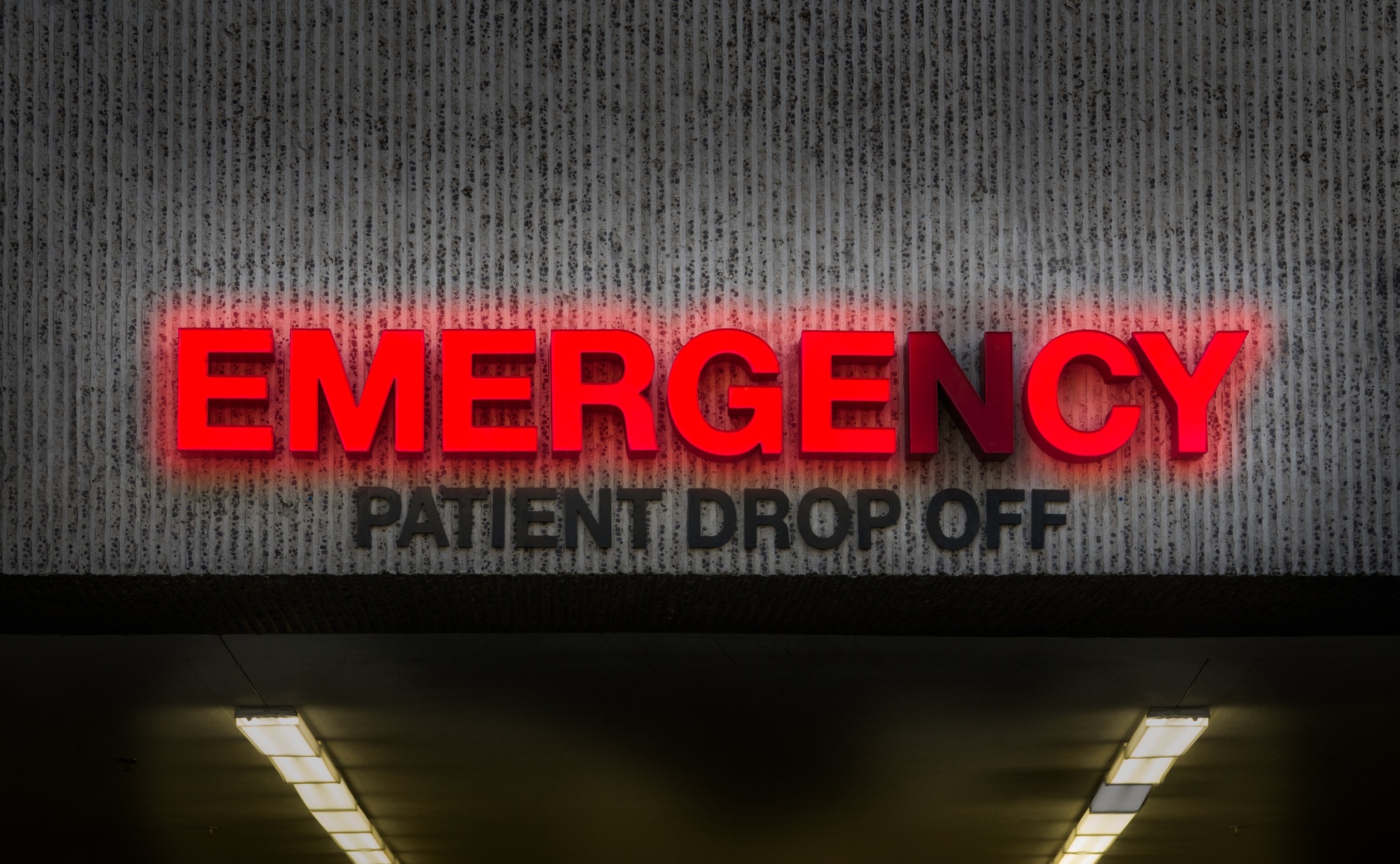As a private practice physician, it’s easy to overlook OSHA (Occupational Safety and Health Administration) standards in the midst of daily demands.
However, ensuring OSHA compliance goes beyond merely avoiding fines; it’s necessary for fostering a safe and efficient environment for both your team and patients.
Embracing compliance isn’t just a necessity—it’s a valuable opportunity to enhance the growth and reputation of your practice. By taking proactive steps today, you can pave the way for greater success tomorrow.
Let’s explore some key areas to focus on.
Employee Training
One of the most important aspects of OSHA compliance is regular, effective employee training. OSHA requires all healthcare employees to be trained upon hire and to participate in ongoing safety refreshers.
This training covers a range of critical topics, including handling hazardous materials, understanding infection control protocols, and knowing what to do in an emergency.
Comprehensive training keeps everyone on the same page, reduces accidents, and builds staff confidence. It’s also a legal requirement, so providing regular training sessions is essential.
As a private practice owner, prioritize setting up a training schedule and keeping detailed records of attendance to ensure that you’re always in compliance.
Bloodborne Pathogens Standard
In healthcare settings, exposure to bloodborne pathogens is a significant risk, and OSHA has set standards to protect employees from exposure to infectious materials.
This standard includes the use of personal protective equipment (PPE), proper disposal of sharps (like needles), and protocols for handling spills.
An essential part of this compliance area is the Exposure Control Plan, which should detail procedures to prevent exposure and the steps to take if exposure occurs. This plan needs to be reviewed and updated annually, so be sure to schedule a yearly review to ensure you’re aligned with the latest OSHA requirements.
Hazard Communication
Private practices often work with various chemicals, from disinfectants to sterilizing agents. OSHA’s Hazard Communication Standard requires practices to manage and communicate information about these hazardous materials.
Each chemical should have an accessible Material Safety Data Sheet (MSDS) to provide staff with hazard information. Additionally, all containers need to be labeled clearly to prevent mishandling. Conducting regular inventory checks and auditing labels can help keep your practice in compliance.
Ergonomics in the Workplace
While ergonomics may not always come to mind as an OSHA issue, it plays a big role in healthcare compliance, especially for preventing workplace injuries. Repetitive strain injuries are common in medical settings, particularly among staff who work at computers or assist with patient handling.
Implementing ergonomic workstations, encouraging good posture, and providing training on safe lifting techniques can help reduce strain-related injuries.
Routine ergonomic assessments and adjustments are small changes that make a big impact, promoting long-term employee health and productivity.
Fire Safety and Emergency Preparedness
Did you know that OSHA requires all workplaces, even private practices, to have fire safety protocols and emergency plans? This means you need to identify evacuation routes, mark emergency exits, and make sure fire extinguishers are easy to access.
Regular drills are super important for keeping your team ready for emergencies. It’s also a great idea to post clear emergency plans in spots where everyone can easily see them—this helps everyone stay prepared.
Recordkeeping and Reporting Requirements
Finally, OSHA requires all workplaces to keep track of any injuries or incidents. Keeping accurate records and reporting them quickly is super important. Not only does this help you stay compliant, but it also lets you spot any recurring safety issues that might need some attention.
Maintaining an organized recordkeeping system can save time and stress during OSHA audits. Make it a practice to document incidents carefully and to review your records regularly.
Conclusion
By honing in on these essential OSHA compliance areas, you can create a safer and more productive work environment that benefits both your staff and your patients.
Remember, OSHA compliance isn’t a one-time task; it’s a continuous journey. With proactive steps, you can stay in sync with standards, safeguard your team, and elevate your practice’s reputation. Investing in compliance today not only protects your team but also lays the foundation for a thriving practice tomorrow!





